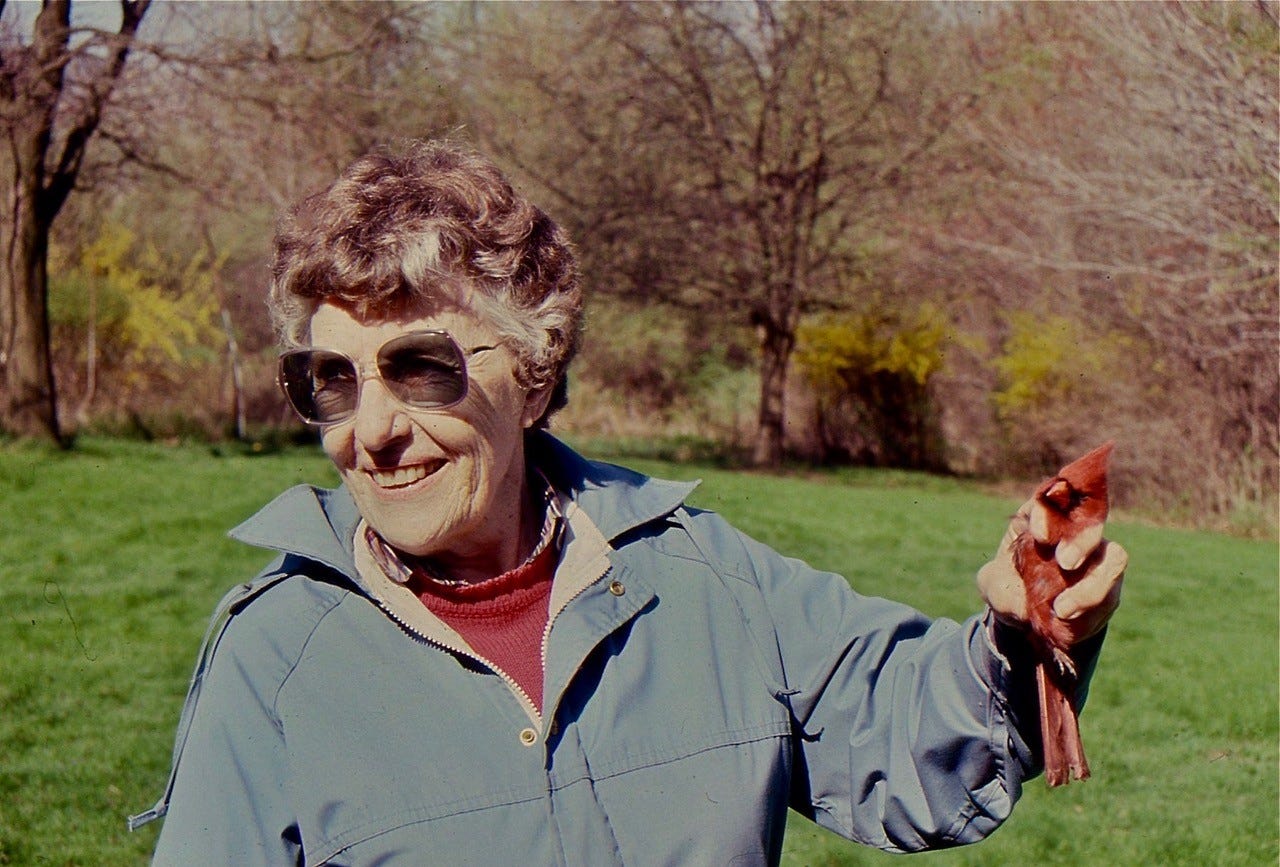I was recalling in last week’s column the excitement I felt each time my late mother Harriet traded in one car for another.
Harriet was a naturalist. Her cars reflected a lifestyle devoted to mucking about in swamps, cruising back roads for bird sightings and grubbing in dirt for wild food most folks looked at as weeds.
Trading in a car meant she was obliged to clean out the current one, scraping layers of nature-related bric-a-brac from back seats, under seats and between them. Those assembled for this unearthing were never disappointed.
From the shadows during one trade-in, a paring knife emerged. She’d used it for cutting watermelon on hot summer field trips when the breeding bird atlas took all her time.
Then a camp ax appeared. A camp ax? Those assembled thought back fondly on Harriet’s ax phase — a skull collecting period when her car stopped at road-flattened creatures to assess their suitability for what was fast becoming an impressive collection of animal skulls.
Next to appear was a very old Peterson field guide. The first 30 pages had eroded away. Then came a lens cap, dusty and splotched with grape jelly. “Isn’t that Florence’s lens cap?” a birding friend asked.
Harriet and her best friend Florence had been birding by the river on a winter’s day several years prior. Out in the middle, a duck drifted by. It was not your average mallard, not a black duck nor common merganser. A ruddy duck, perhaps? The ladies’ pulses quickened. The duck was drifting away, though, slipping downstream.
More:Treasure hunt through a mother’s car unearths naturalist’s great finds
Quickly, Florence, your spotting scope! In the shuffle that followed, Florence’s lens cap went the way of so many small things: down between a crack in the seats.
Allowed to languish there, it wedged its way under a blanket, the one Harriet used when lying on her back fixing flat tires in the mud.
Harriet and Florence had some very good times in mud. On one — it was late autumn, all…
Read the full article here

Leave a Reply